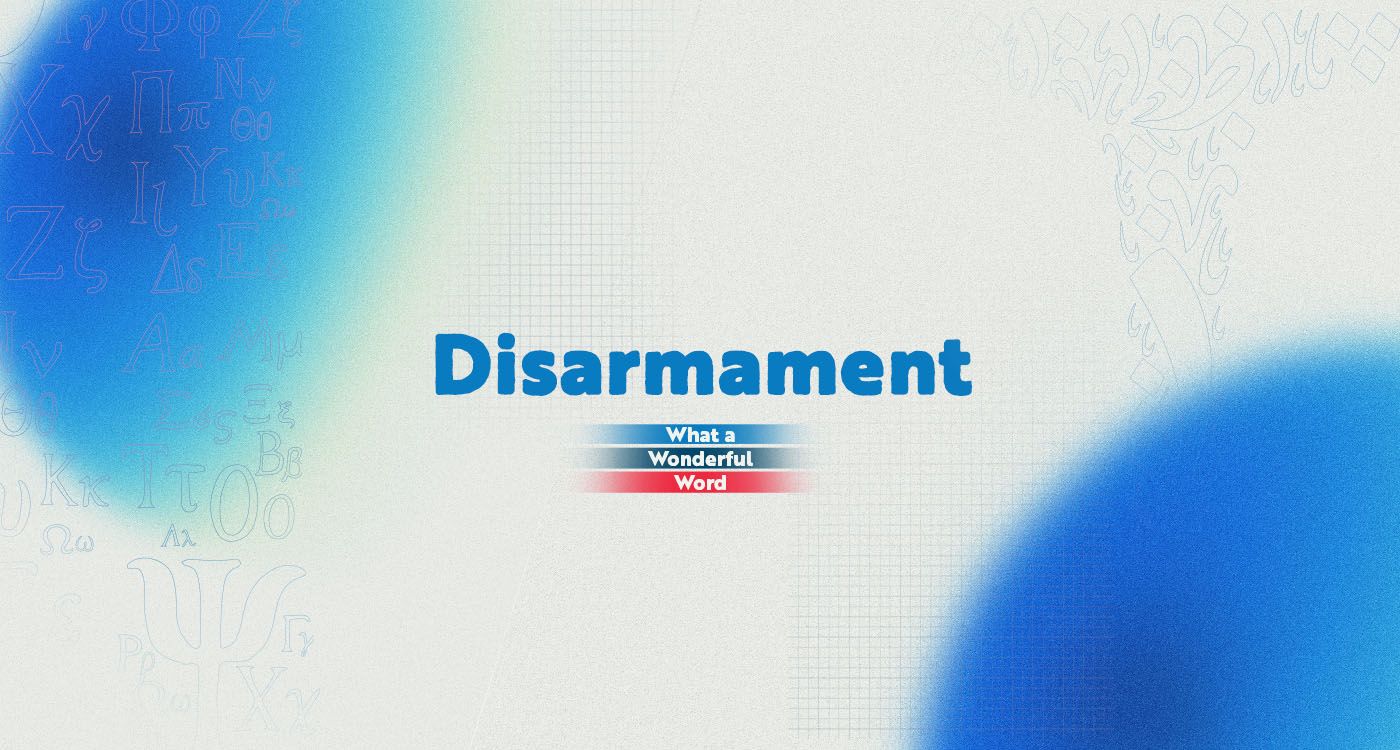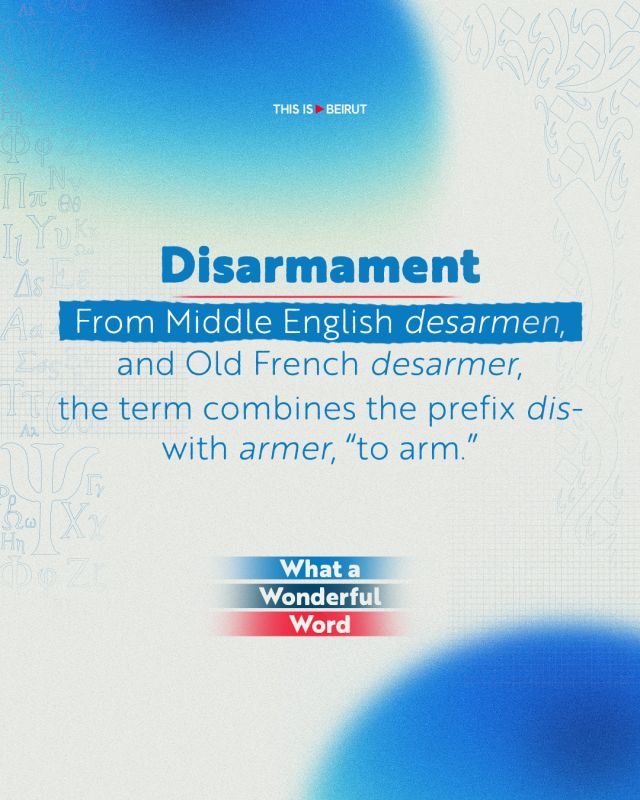
As the UN observes Disarmament Week (October 24-30), the word “disarmament” takes on renewed significance. From Gaza to Beirut, from Iran’s nuclear sites to the world’s shifting alliances, the struggle to contain weapons has become the new frontier of global peace, and of power.
In this final week of October, the Disarmament Week set by the United Nations resonates with new urgency. On one front, Washington has issued an ultimatum to Hamas to disarm under Donald Trump’s Gaza peace plan. On another, the Lebanese government is under US pressure to disarm Hezbollah, a key Iranian proxy in the region. Tehran remains central to a global confrontation. Its nuclear infrastructure was already targeted in June 2025 by the US and Israel.
In this context, the word “disarmament” no longer refers simply to treaties of the last century. It now stands for a political emergency and a challenge to the monopoly of arms. It is also a call to rethink collective security in a world where conflicts, new weapons and alliance chains continually redefine the boundaries of peace.
A Word with Medieval Roots
The term “disarmament” first appeared in English during the 15th century, in the sense of “depriving of means, reason or disposition to be hostile.”
From Middle English desarmen, literally, to divest of arms, and Old French desarmer (11th century), the term combines the prefix des- (or dis-), meaning “to reverse” or “to undo,” with armer, “to arm.” By extension, it came to signify the act of rendering someone harmless or powerless.
Over time, “disarmament” evolved to describe not only an individual act but a collective process: the organized reduction of national armaments, marking the transition from a state of war to one of peace.

From Arms Race to Peace Race
Since the founding of the United Nations in 1945, disarmament has been a cornerstone of the global security system. The bombings of Hiroshima and Nagasaki in Japan (1945) created a worldwide taboo against nuclear weapons. Yet around 13,080 nuclear warheads still exist today, and over 2,000 nuclear tests have been conducted.
A succession of landmark treaties followed: the Biological Weapons Convention (1972) and the Chemical Weapons Convention (1993), the Mine Ban Treaty (1997) and the Arms Trade Treaty (2014) regulating conventional weapons transfers.
But disarmament extends beyond weapons of mass destruction: it also targets small arms and light weapons whose proliferation fuels conflict, weakens states and threatens the implementation of the United Nations’ Sustainable Development Goals.
In recognition of these cross-cutting issues, the UN General Assembly established Disarmament Week in 1978, held every year from October 24 to 30 (the anniversary of the UN’s founding). The week aims to raise awareness and deepen public understanding of disarmament issues by engaging governments, NGOs and citizens.
UN Guardians of Disarmament
Within the UN system, the General Assembly and the Security Council are central to establishing international norms to reduce arsenals, prevent proliferation and promote responsible use of military technologies.
Supporting these efforts since 1983 is the UN Office for Disarmament Affairs (UNODA), which assists the Secretary-General, Member States and civil-society groups in pursuing disarmament goals.
In 2018, UN Secretary-General António Guterres launched Securing Our Common Future: An Agenda for Disarmament, structured around four pillars:
- Save humanity (nuclear disarmament);
- Save lives (limiting conventional weapons);
- Safeguard future generations (regulating emerging technologies);
- Strengthen partnerships (mobilizing civil society, women and youth).
Today, disarmament is no longer purely a military issue: it is a global societal project at the intersection of security, sustainable development and human rights.






Comments